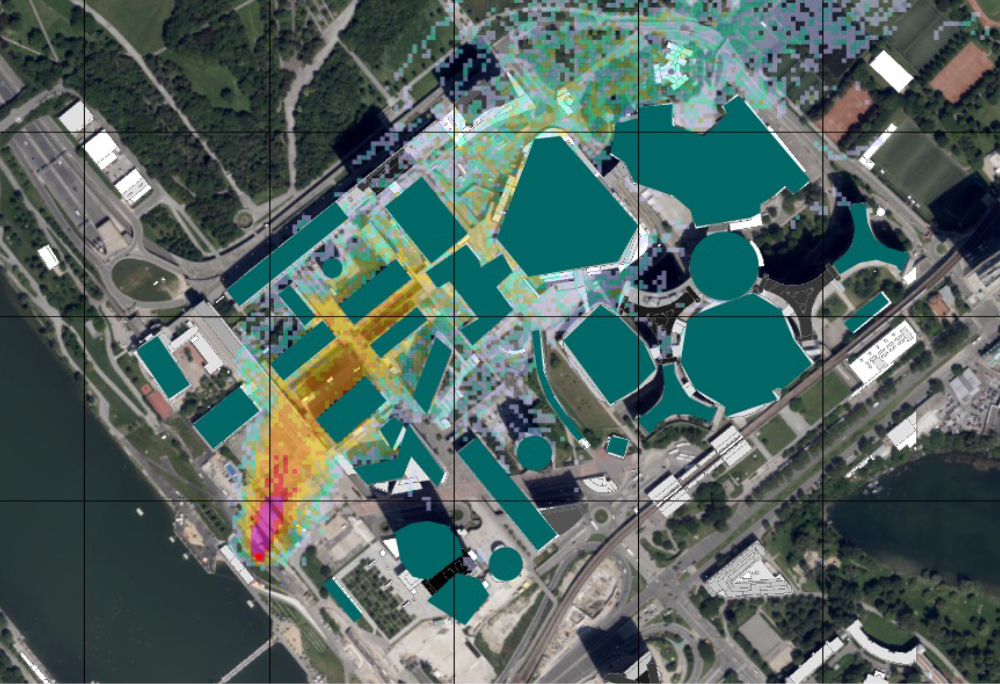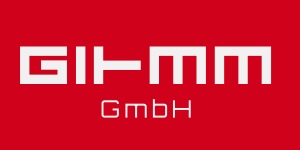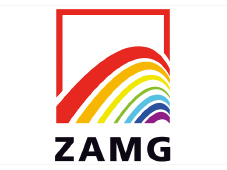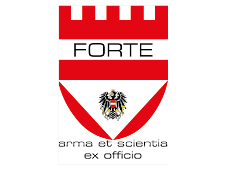Modern situation information for the Austrian Armed Forces in the event of chemical or radioactive releases
Chemical, biological and radiological substances as well as radioactive fallout after nuclear detonations (briefly summarized under CBRN) represent a great threat potential. The Austrian Armed Forces must be prepared for these threats.

fictitious cloud spread at the Vienna International Center (VIC)
ABC-MAUS, a project funded by the Austrian Defense Research Program FORTE, is an essential step in the development of the capabilities of the Austrian Armed Forces in managing CBRN events. The ABC information system of the Austrian Armed Forces developed at the DIGITAL Institute was adapted in order to receive warnings from the Central Institute for Meteorology and Geodynamics (ZAMG) of unobserved possible nuclear detonations on the basis of geophysical measurements and the ZAMG to carry out a large-scale calculation of the spread of the radioactive cloud to retrieve affected regions. For the impact assessment of small-scale releases of hazardous substances, a dispersion model based on the current state of research was implemented in ABC-IS and mobile relocatable sensors, developed by GIHMM GmbH.
Positive evaluation of ABC-MAUS at the CBRN defense center
As part of a tabletop exercise, the results of the ABC-MAUS project were subjected to an evaluation at the CBRN Defense Center of the Austrian Armed Forces (Dabsch-Kaserne, Korneuburg). The scenario chosen for the tabletop exercise contained, on the one hand, the release of a dangerous chemical substance in the vicinity of the Austria Center Vienna as a small-scale event, potentially endangering conference attendees, and, on the other hand, a large-scale event, an unobserved but large explosion on the earth's surface that was detected by geophysical measurements, possibly caused by the detonation of a nuclear weapon and as a result a possible danger to Austrian personnel abroad. For the latter, ZAMG generated a warning message based on data from the recent past (explosion in a warehouse complex in the Beirut port in August 2020) and transmitted it electronically to ABC-IS.
Outcome
The new possibilities for information management on CBRN events, which were added by ABC-MAUS, were positively assessed by the military user when carrying out the tabletop exercise. The Lagrange methods now available for the ABC-IS offer a significant improvement in the staking out of endangered areas compared to the methods previously used, for small-scale events now also taking into account the terrain and buildings. The graphical comparison option on the CBRN situation map with playback function of the development of the predicted spread of hazardous substances over time is considered to be an essential support for the specialist staff. The backward modeling based on measurement results to find possible release sites of unobserved small-scale events is seen as a "missing link" for the efficient use of mobile resources (manned or remote-controlled) to delimit contaminated areas.
The project ABC-MAUS is funded by the Austrian defense research programme FORTE of the Federal Ministry of Agriculture, Regions and Tourism (BMLRT)
Project Coordinator
JOANNEUM RESEARCH
Forschungsgesellschaft mbH
Project Partner
Zentralanstalt für Meteorologie und
Geodynamik (ZAMG) – Teilrechtsfähige
Einrichtung des Bundes
Bundesministerium für Landesverteidigung
Gihmm GmbH










